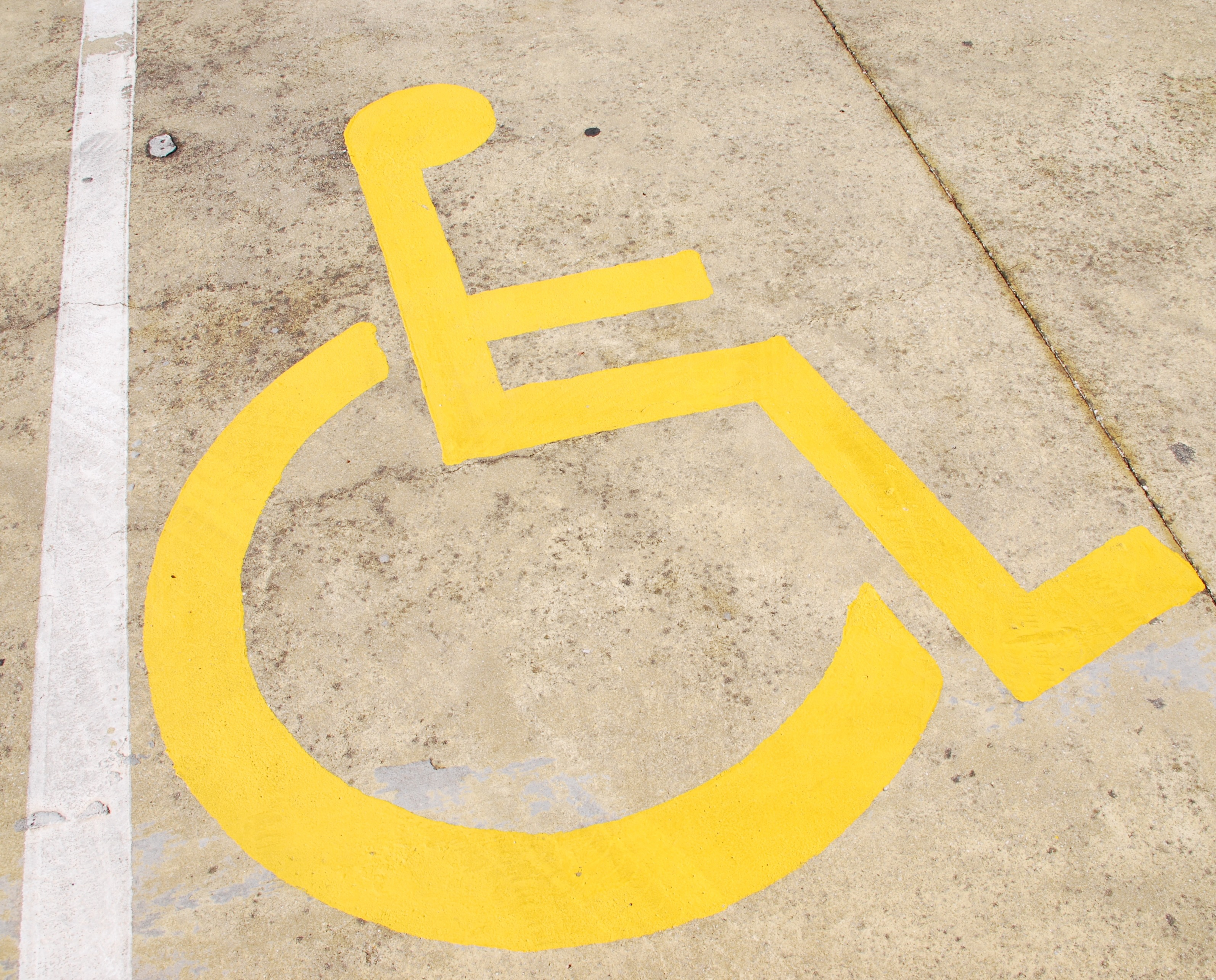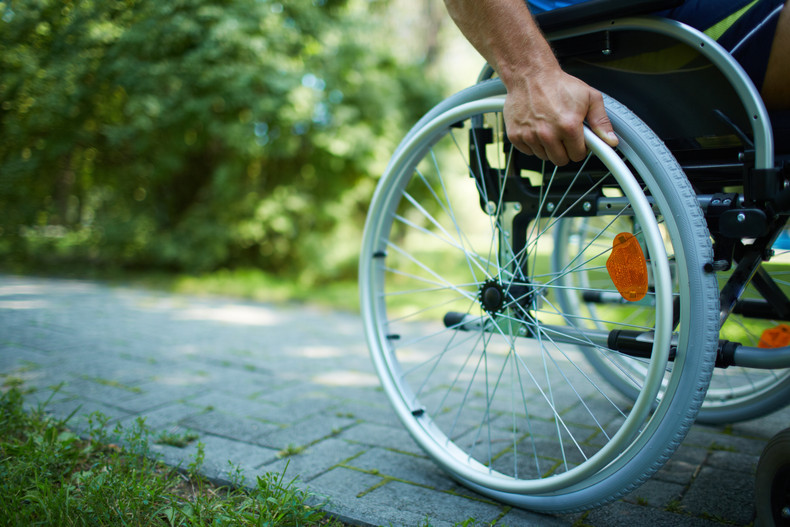
How Long is Short Term Disability?
According to the CDC, a ‘disability’ is defined as ‘any condition of the body or mind that makes it more difficult for the person with the condition to do certain activities and interact with the world around them.’ The term has three primary dimensions – impairment, activity limitation, and participation restrictions.
The CDC also estimates that nearly 1 in 4 adults in the United States are living with a disability – primarily highlighted by those with mobility (11%), cognition (11%), independent living (6%), hearing (6%), and/or vision (5%) disability. Only about 20% (1 in 5) of disabled individuals were actively working in 2022.
Considering the many limitations, restrictions, and difficulties disabled people face on a daily basis, it’s important for businesses and other workplaces to cater to the disabled – ensuring a safe and inclusive environment for all. Of course, that means they need to have a deep understanding of what that entails.
What is Short Term Disability Insurance (SDI)?
Short-term disability is defined as any condition, illness, disease, or injury that temporarily restricts an individual’s ability to work. Likewise, short-term disability insurance (SDI) is an income replacement program that helps relieve the temporary financial burden caused by the specified short-term disability.
There are two primary types of disability income insurance:
- State-Run SDI Benefits - states collect tax from employers and employees, which funds a state-run SDI program to help certain disabled workers.
- Employer-Purchased SDI Benefits - employers generally offer an SDI plan, which is funded by both the employer and employee (if not fully by the employer).
Being out of work isn’t easy, but short-term disability insurance ensures workers recover at least some of their pre-disability income – that way, they can continue to pay their bills and support their family while they recover from a disability. The employee is typically paid on a weekly basis until they return to work.

How Long is Short-Term Disability?
Short-term disability benefits are only required in a handful of states in the US – including California, New Jersey, Hawaii, New York, Puerto Rico, and Rhode Island. Outside of those six states, SDI benefits are optional – not only that, but states and companies are allowed to regulate it in any way they choose.
On average, SDI plans last between 3 months (12 weeks) and 6 months (24 weeks) – some might last longer (up to 12 months), while some might last shorter (only one month). Since it varies from one state to the next, you should research the local laws and regulations in your area – as well as with your employer.
Short-Term Disability vs. Long-Term Disability Coverage
The primary difference between short-term disability insurance (SDI) and long-term disability insurance (LDI) is the benefit period -- also known as the elimination period or waiting period. While SDI benefits generally last 3-6 months, LDI benefits generally cover illnesses, injuries, diseases, and other conditions that last longer than 6 months – usually for years.
Another major difference between SDI and LDI plans is how frequently the worker is paid. While SDI is a weekly benefit (workers are paid every week), LDI is a monthly benefit where workers are paid once per month over a long-period of time – generally until they reach Social Security normal retirement age (65).
With that said, both SDI and LDI plans are designed to cover off-the-job accidents and injuries – things that aren’t typically covered by worker’s insurance, which covers most on-the-job accidents and injuries. If your disability isn’t covered in worker’s insurance, you should definitely look into disability insurance coverage.
Some of the most common accidents and injuries covered by disability insurance – whether it’s short-term or long-term – include broken bones, spinal injuries, cancer, chronic pain, arthritis, heart disease, diabetes, depression, PTSD, and sight or hearing loss. Pregnancy is considered a short-term disability.

How to Welcome Back a Disabled Employee
Disabled employees – both short-term and long-term – face a number of challenges when returning to work, no matter how long they’ve been away. To help ease some of the burden that comes with this, employers should be doing anything and everything possible to welcome them back with open arms.
Here are some things to keep in mind and consider when welcoming back a disabled employee:
- Maintain open and supportive communication with the disabled employee – teamworks makes for the best work
- Be flexible and understand that it might take some time for the disabled employee to catch back up to speed
- Maintain a positive and uplifting environment to ensure the disabled employee receives the support they need
- Have frequent one-on-one meetings with the employee and ask them how things are going often
- Ensure that your entire team is on board with their return and keep everyone on the same page from the beginning
- Make sure your building has the proper ADA-compliant signage
Providing support to those returning from disability leave is essential to maintaining a positive morale and inclusive environment for all employees. It not only shows you care about your employees and genuinely want what’s best for them, but it’s a testament to your business’ reputation and integrity in the community.

How Can ADA Central Signs Help?
Have you ever heard of the Americans with Disabilities Act (ADA)? It’s a civil rights law that has been around for more than 30 years and helps protect those with disabilities against discrimination and/or exclusivity. It’s something all businesses and public places must follow if they want to avoid penalties.
As part of the ADA, public areas need to have the necessary signage in place to help make it easier for those with disabilities to navigate the area or building. There are a variety of regulations and laws that businesses need to account for when putting up the necessary signage – and for good reason, too.
Are you worried your company isn’t complying with ADA sign requirements? Do you want to make sure your disabled workers are comfortable in your workplace? Do you have an employee returning from disability leave? If you answered ‘yes’ to any of those questions, don’t hesitate to contact us today!
At ADA Central, we take pride in helping businesses and other public areas/buildings stay up to code with ADA-compliant signage. You can contact us by calling (308) 221-8226, emailing sales@adacentral.com, or checking out our online catalog today – we can’t wait to help you comply with ADA requirements!

